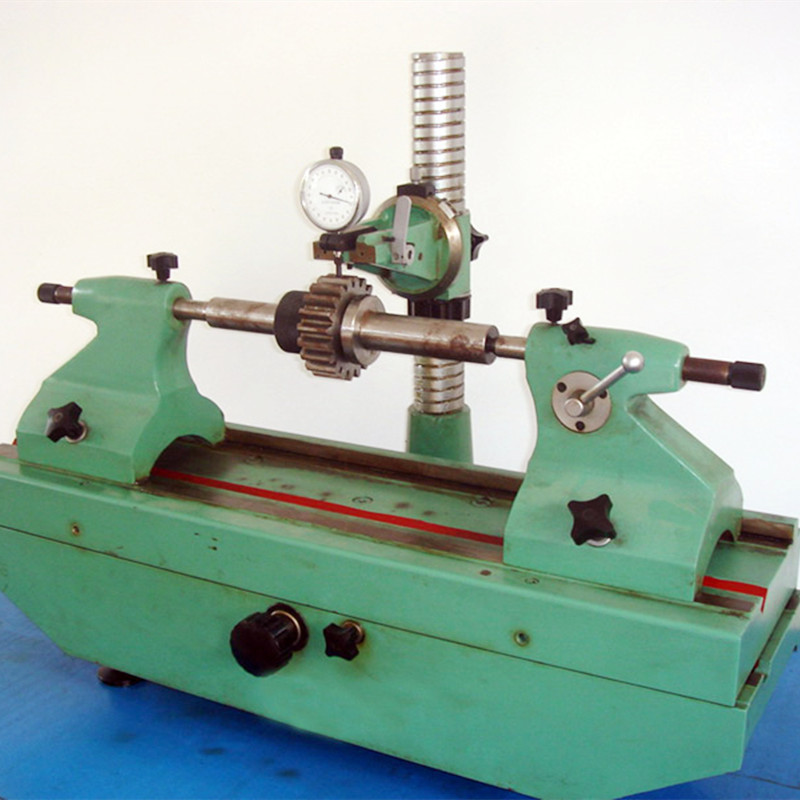დეკ . 06, 2024 10:05 Back to list
Piston Style Check Valve for Efficient Flow Control in Piping Systems
Understanding Piston Type Check Valves Functionality and Applications
Piston type check valves are essential components in various fluid systems, ensuring unidirectional flow and preventing backflow. These devices play a crucial role in maintaining system integrity, efficiency, and safety across multiple industries, including water supply, oil and gas, and chemical processing.
What is a Piston Type Check Valve?
A piston type check valve operates based on the principle of differential pressure. Unlike traditional swing or lift check valves, where a disc or ball moves to allow or block flow, a piston check valve employs a cylindrical piston that slides within a chamber. This design allows for a more agile operation and better sealing capabilities, which is particularly important in systems where pressure fluctuations are common.
The basic structure of a piston type check valve includes an inlet and outlet port, a cylindrical piston, and a spring mechanism. The spring applies a predetermined force on the piston, ensuring that it remains closed when no flow exists. When fluid enters the valve, it exerts pressure on the piston, overcoming the spring force and pushing the piston open. Once the fluid flow reverses or reduces significantly, the spring closes the piston, preventing backflow.
Advantages of Piston Type Check Valves
1. High Sealing Capability The piston design offers superior sealing characteristics compared to other types of check valves. This is particularly beneficial in applications where leak prevention is critical, such as in oil pipelines or chemical plants.
2. Low Pressure Drop Piston type check valves are designed to minimize pressure loss within the system. This ensures that the efficiency of the fluid transport process is maintained, as unnecessary pressure drops can lead to increased energy costs and decreased operational efficiency.
3. Versatility in Application These valves can handle various types of fluids, including liquids, gases, and slurries. Their robust design allows them to operate effectively in high-pressure and high-temperature environments, making them suitable for demanding industrial applications.
piston type check valve

4. Compact Design Piston type check valves are generally smaller in size compared to traditional check valves. This compact design facilitates easier installation in tight spaces while reducing the overall footprint of the piping system.
5. Minimal Maintenance Due to their simple yet effective mechanism, piston type check valves require less frequent maintenance. Their durability and resistance to wear and tear reduce downtime and maintenance costs for operators.
Common Applications
Piston type check valves are widely used in various industries due to their reliability and efficiency. Some common applications include
- Water Supply Systems In municipal water supply networks, these valves prevent backflow that can contaminate potable water sources. - Oil and Gas Industry Piston check valves are employed in pipelines to ensure the one-way flow of crude oil and natural gas, protecting infrastructure and optimizing transportation.
- Chemical Processing They help maintain the integrity of fluid movement within chemical plants, preventing hazardous materials from flowing back into tanks or systems.
- HVAC Systems In heating, ventilation, and air conditioning systems, piston check valves help manage fluid movement effectively, contributing to energy efficiency.
Conclusion
Piston type check valves are invaluable in modern fluid transport systems, providing reliable performance and safety. Their unique design, which includes a sliding piston mechanism, offers distinct advantages such as high sealing capability, low pressure drops, and versatility across various applications. As industries continue to evolve and demand more efficient fluid control solutions, piston type check valves will remain at the forefront, ensuring integrity and reliability in fluid management. Understanding their functionality and applications is crucial for engineers and operators alike, as these components play a key role in optimal system performance.
-
Why Metric Trapezoidal Thread is Ideal for Precision Motion ControlNewsAug.05,2025
-
The Unique Properties of a Block of Granite for Industrial UseNewsAug.05,2025
-
The Role of Flanged Y Strainers in Preventing Pipeline ClogsNewsAug.05,2025
-
The Importance of Regular Calibration for Master Ring GagesNewsAug.05,2025
-
How a Cast Iron Surface Table Enhances Accuracy in ManufacturingNewsAug.05,2025
-
Comparing Different Check Valve Types for Optimal Flow ControlNewsAug.05,2025
Related PRODUCTS









